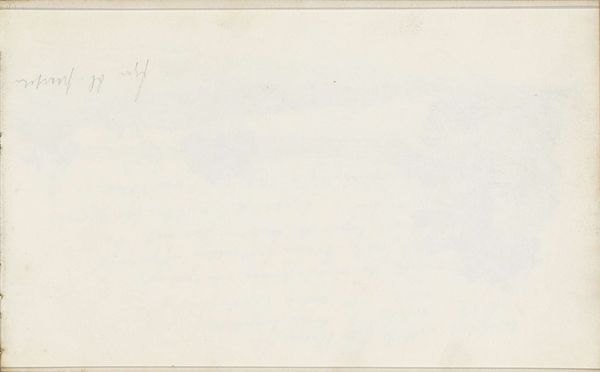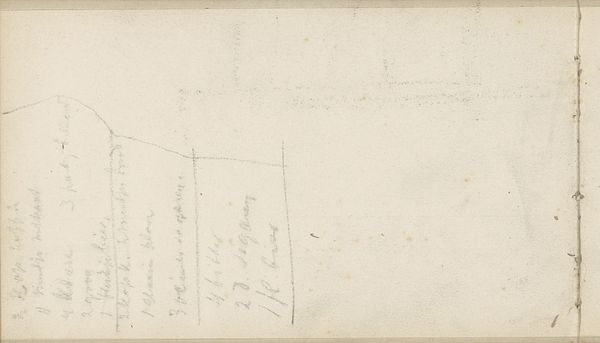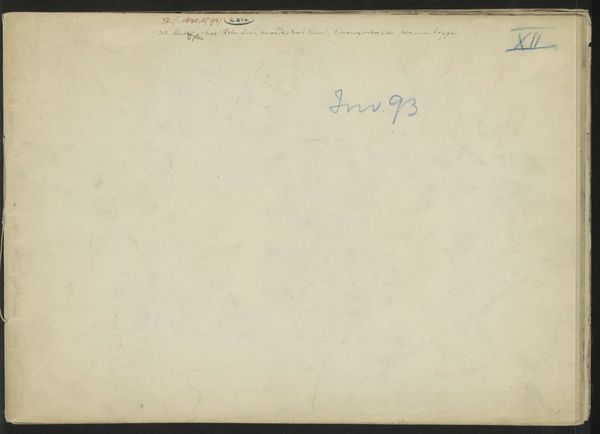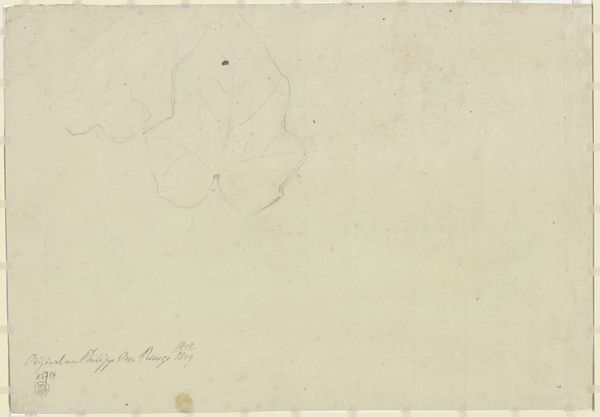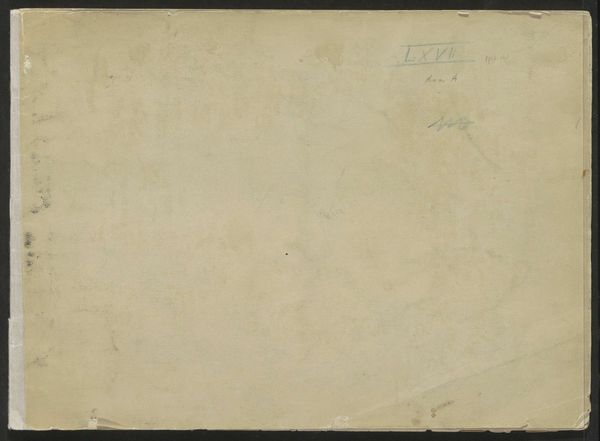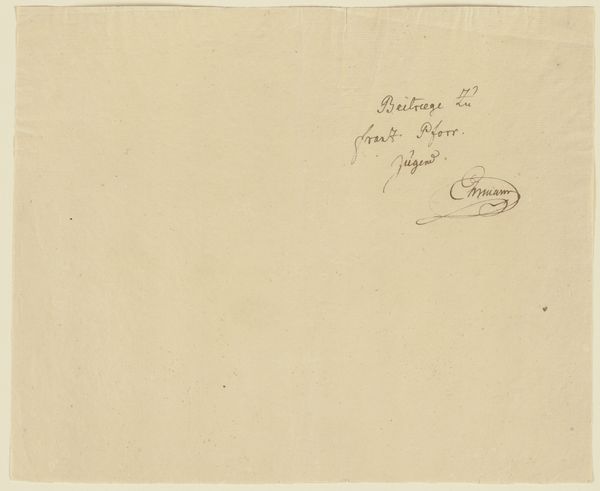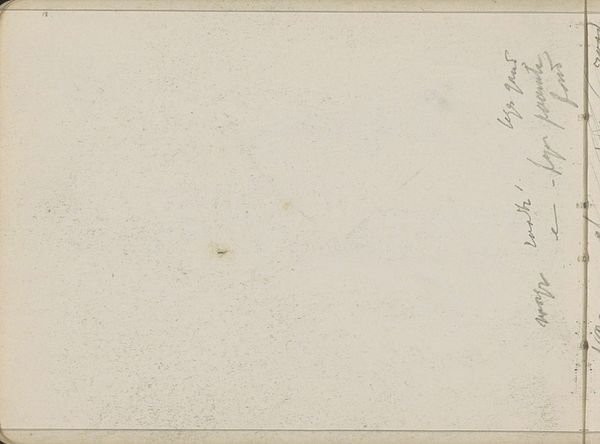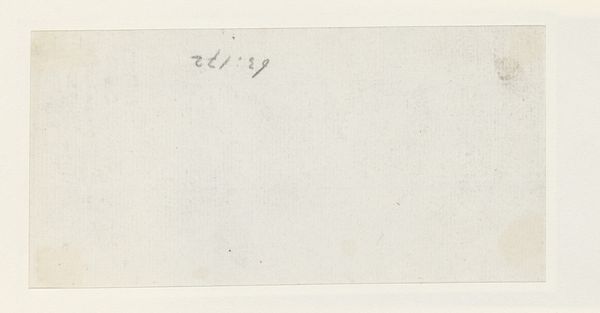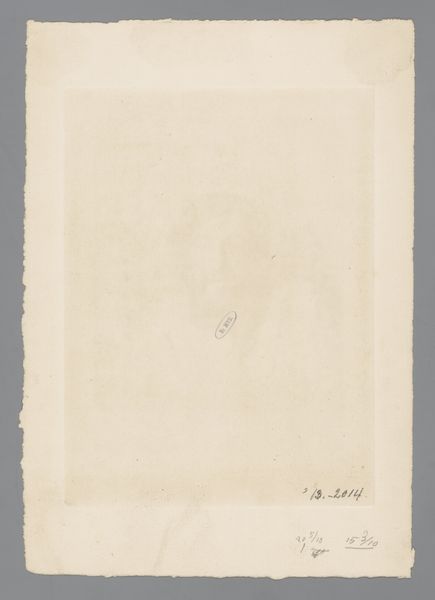
Copyright: Rijks Museum: Open Domain
Editor: So this is "Annotatie" by Isaac Israels, created sometime between 1875 and 1934. It's a drawing in ink on paper. At first glance, it looks almost like an official document. How do you interpret this piece? Curator: The choice to render these handwritten annotations as a drawing elevates it from the mundane to the level of art. I'm curious about the function of such jottings outside conventional finished drawings: What happens to our understanding of Israels, placing his mark-making outside a painterly oeuvre, and in this format? And is it important for us, the audience, to discern its actual textual content? Editor: That's interesting – that this could be less about what the note *says*, and more about the act of writing, and the public life of mark-making by artists. Curator: Exactly. Think of how the art market thrives on the aura of the artist's hand. Here, the intimate, almost ephemeral nature of the handwritten note – usually a private affair - is placed on display. Doesn’t that influence how we value and consume art, transforming private expression into public commodity? Consider where this drawing hangs – a museum, an institution dedicated to shaping public taste and cultural understanding. Does its presence there alter its original context? Editor: It's almost as if by framing and preserving this ordinary piece of paper, it transforms into an artistic statement. Curator: Precisely. And isn’t that a powerful statement about the very nature of art and the systems that uphold it? Editor: I see it now, thank you for sharing those insights.
Comments
No comments
Be the first to comment and join the conversation on the ultimate creative platform.
